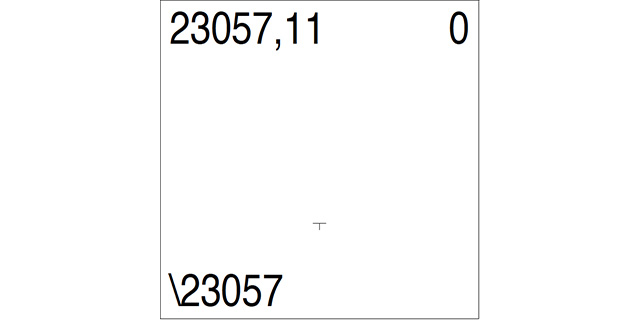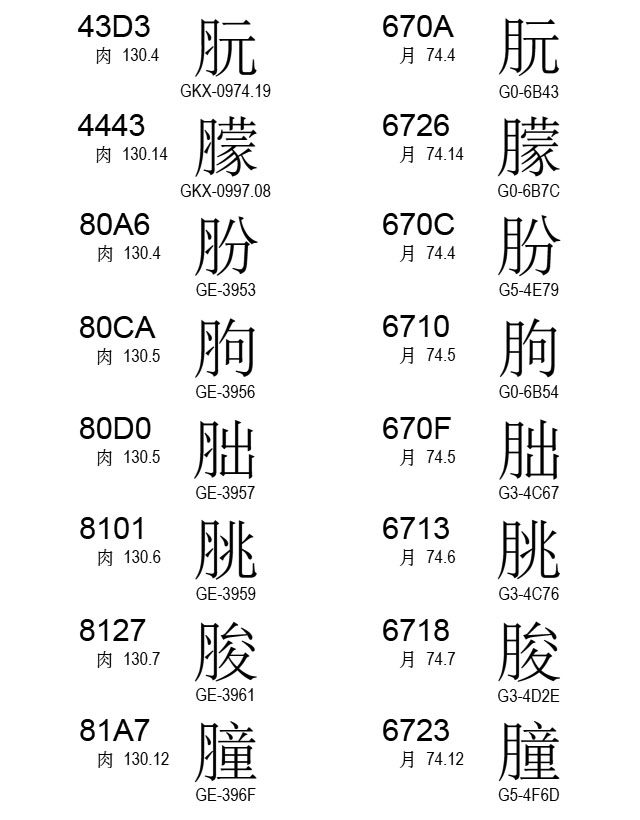In an effort to make sure that the infrastructure to support UTR #50 (Unicode Vertical Text Layout) will be in place—sooner rather than later—I spent a significant part of last week working with key people within Adobe, and at Microsoft and W3C, to put together a proposal for a new OpenType feature, to be tagged ‘vrtr’, for supporting this soon-to-be published standard. Below is full description that we came up with, and which was submitted for inclusion in the OpenType Specification and in OFF (ISO/IEC 14496-22 or Open Font Format):
Tag: ‘vrtr’
Friendly name: Vertical Alternates For Rotation
Registered by: Adobe/Microsoft/W3C
Function: Transforms default glyphs into glyphs that are appropriate for sideways presentation in vertical writing mode. While the glyphs for most characters in East Asian writing systems remain upright when set in vertical writing mode, glyphs for other characters—such as those of other scripts or for particular Western-style punctuation—are expected to be presented sideways in vertical writing.
Example: As a first example, the glyphs for FULLWIDTH LESS-THAN SIGN (U+FF1C; “<”) and FULLWIDTH GREATER-THAN SIGN (U+FF1E; “>”) in a font with a non-square em-box are transformed into glyphs whose aspect ratio differs from the default glyphs, which are properly sized for sideways presentation in vertical writing mode. As a second example, the glyph for LEFT SQUARE BRACKET (U+005B, “[“) in a brush-script font that exhibits slightly rising horizontal strokes may use an obtuse angle for its upper-left corner when in horizontal writing mode, but an alternate glyph with an acute angle for that corner is supplied for vertical writing mode.
Recommended implementation: The font includes versions of the glyphs covered by this feature that, when rotated 90 degrees clockwise by the layout engine for sideways presentation in vertical writing, differ in some visual way from rotated versions of the default glyphs, such as by shifting or shape. The vrtr feature maps the default glyphs to the corresponding to-be-rotated glyphs (GSUB lookup type 1).
Application interface: For GIDs found in the vrtr coverage table, the layout engine passes GIDs to the feature, then gets back new GIDs.
UI suggestion: This feature should be active by default for sideways runs in vertical writing mode.
Script/language sensitivity: Applies to any script when set in vertical writing mode.
Feature interaction: The vrtr and vert features are intended to be used in conjunction: vrtr for glyphs intended to be presented sideways in vertical writing, and vert for glyphs to be presented upright. Since they must never be activated simultaneously for a given glyph, there should be no interaction between the two features. These features are intended for layout engines that graphically rotate glyphs for sideways runs in vertical writing mode, such as those conforming to UTR#50. (Layout engines that instead depend on the font to supply pre-rotated glyphs for all sideways glyphs should use the vrt2 feature in lieu of vrtr and vert.) Because vrt2 supplies pre-rotated glyphs, the vrtr feature should never be used with vrt2, but may be used in addition to any other feature.
Continue reading…




